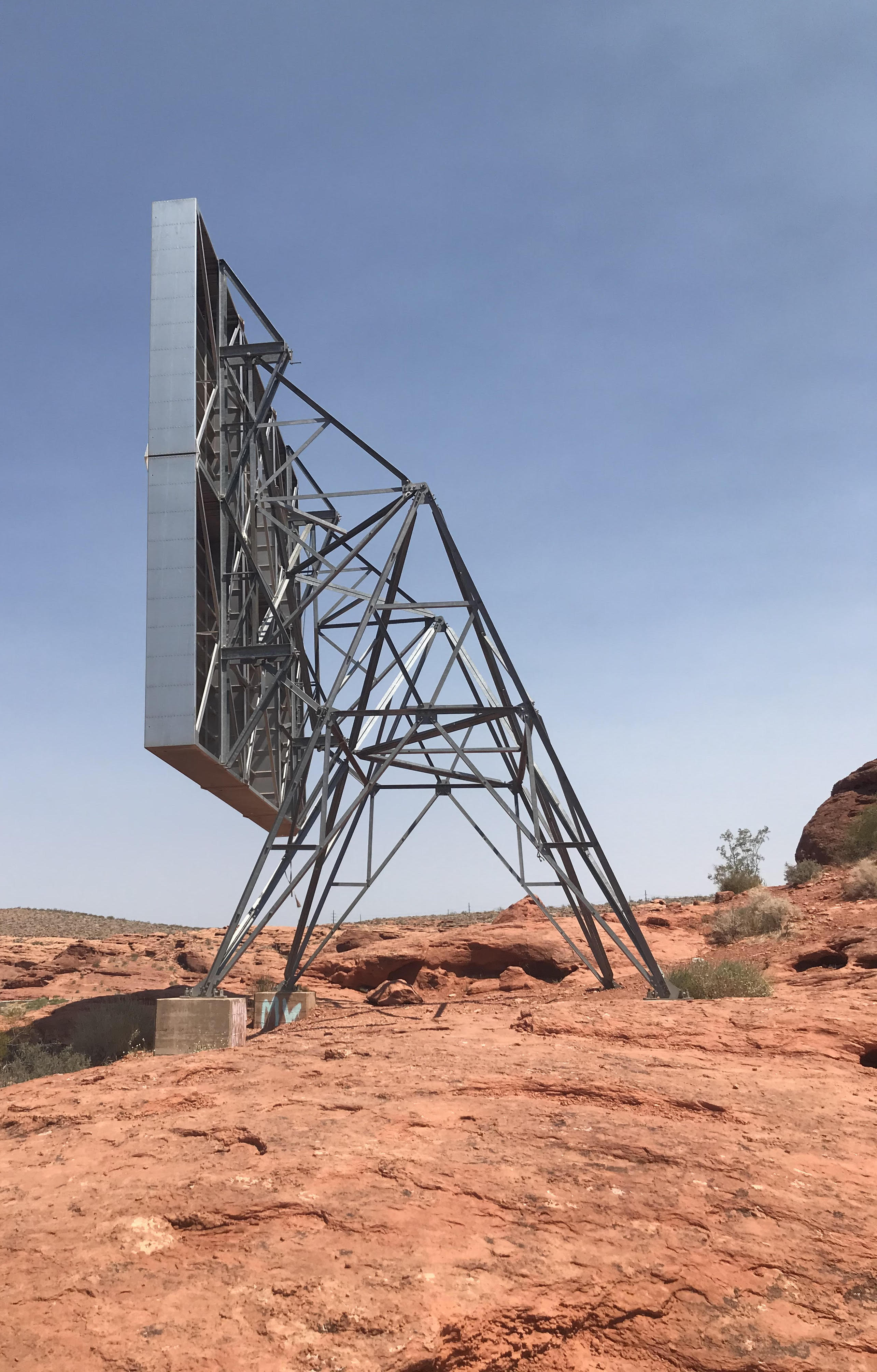
I have always been intrigued by billboards. They were the subject of my master’s thesis at the University of Arizona. I also did some visioning work for Lamar (the outdoor advertising company) after moving to Baton Rouge to teach architecture at Louisiana State University. Billboards are largely disliked — they are at best tolerated. They are like a visual robocall designed to thrust advertisements into your view, demanding your involuntary attention. Many feel they amount to visual litter. Several “beautification” movements in our recent history have attempted to ban them, and some communities have. However, these structures speak to the tension between our need to propel commerce and our personal freedoms. When does a revenue-producing structure placed on private property outweigh the public or individual’s right to curate their environment? What is beautiful? Regardless, I contend the billboard is overlooked as a significant cultural artifact. It can and perhaps should be considered beautiful.
A billboard has a strength and clarity rarely seen in buildings. Its single purpose is to place an advertisement in the most optimal position possible. Most are placed next to roads. The size and orientation of the structure is determined by the speed, direction of the oncoming traffic and physics. Billboards essentially have two components: a permanent and stable structure, and a surface that is fleeting and ever-changing. This relationship between structure and surfaces has been an endless inspiration for my work and thoughts. Dutch theorist John Habraken wrote about the relationship between the relatively permanent and temporal elements within our built environment. The more permanent or deep structure is what determines possibilities and, once established, is quite hard to change or modify. While most fixate and obsess about what is happening on the surface, the real work is being done behind the scenes — designing and controlling our possible futures.
